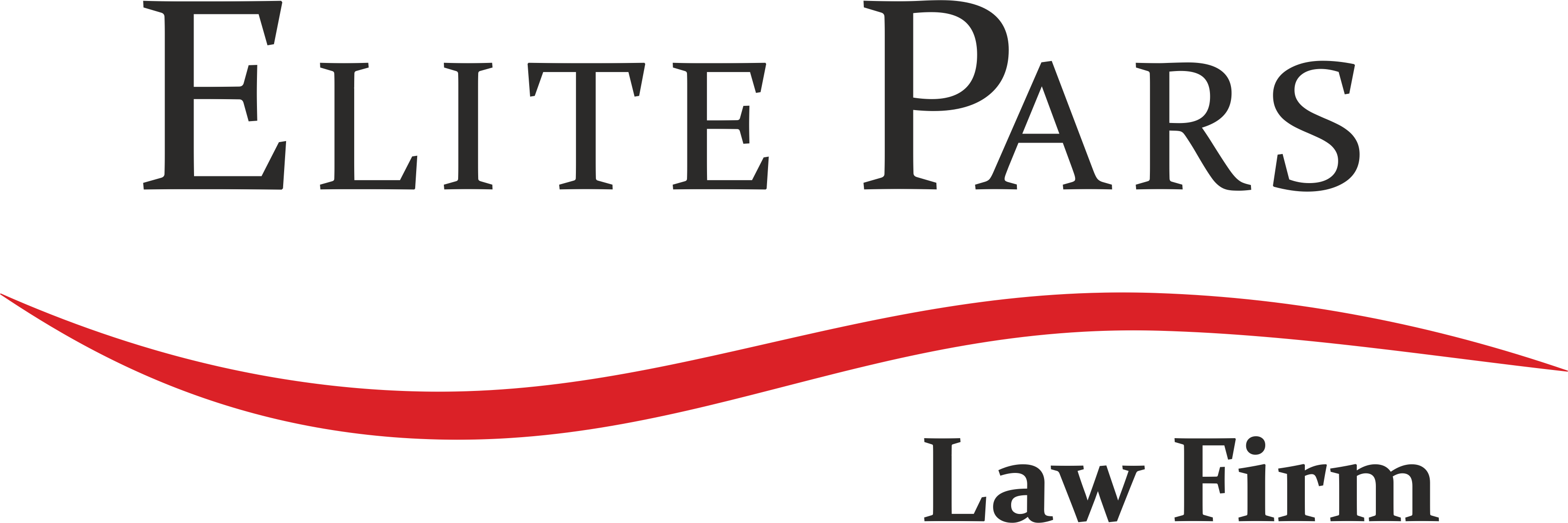According to Article 3 of the Tender Act enacted in 2005, transactions are categorized into three types: small, medium, and large, based on their threshold value. At the beginning of each year, the Ministry of Economic Affairs and Finance proposes the threshold to the Council of Ministers, using the price index of goods and services published by the Central Bank of Iran.
This year, the threshold for small transactions has increased from 2,100,000,000 IRR (approximately 2,500$) to 2,850,000,000 IRR (approximately 3,400$). The threshold for medium transactions is limited to 28,500,000,000 IRR (approximately 34,000$) and transactions that exceed this amount are considered large.
This procedure is important since it affects tenders, tax obligations, and auditing. Firstly, related entities must follow this classification for managing tenders. In small and medium transactions, the threshold amount is determined by the actual price of the transaction itself. However, for large transactions, the threshold is set based on the applicant’s financial estimate and proposed amount. Also, transactions must not be split into parts that would normally be treated as one, just to stay under the threshold.
Also, fulfilling tax obligations, including recording assets as expenses and submitting accurate quarterly transaction reports must comply with this threshold. Generally, full counterparty details and official invoices must be recorded and reported in the seasonal transaction system for any transaction.
However, businesses with transactions lower than 5% of small transactions’ threshold (equivalent to 142,500,000 IRR, approximately 170$) are exempt from submitting details, identification, economic information, and individual transaction invoices. This measure is particularly important for startups and small businesses to conduct their transactions easily without facing complex and time-consuming procedures to submit the details of the transactions and parties.
Furthermore, if an economic entity purchases an asset valued at up to 10% of the small transaction threshold, (equivalent to 285,000,000 IRR, approximately 340$) it may directly record this asset as an expense. This means they can fully write off the entire cost in the same fiscal year and benefit from its tax advantages.




